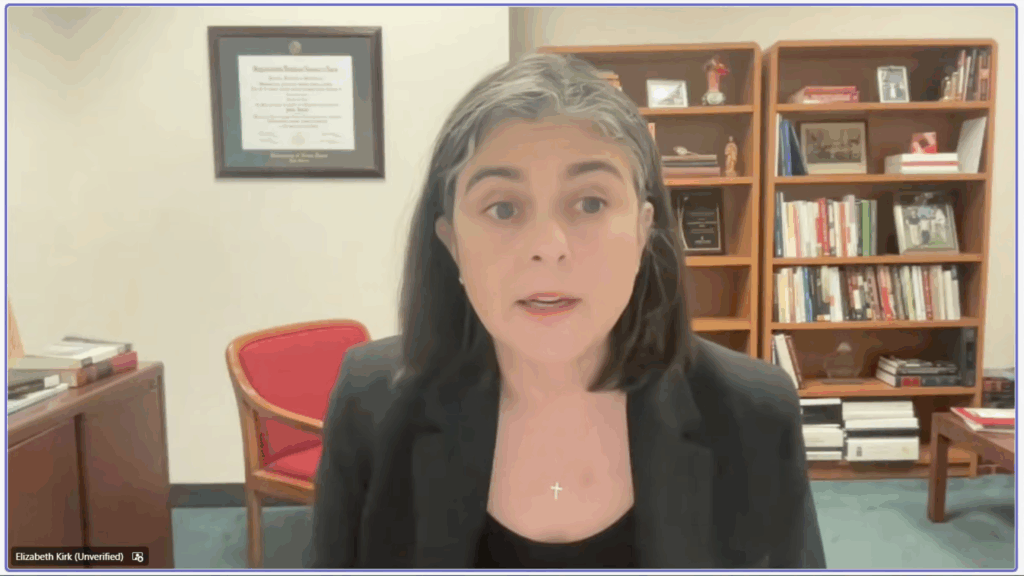Sex Selection Abortion: Human Rights at Risk East and West
Recent undercover investigations by the Daily Telegraph (United Kingdom) into the incidence of sex-selective abortion in England have revealed a startling pattern: the nation’s ban is only being selectively enforced. Despite a nationwide prohibition on aborting a child because of his or her gender, the Daily Telegraph reports that several abortionists were willing to perform the procedures even though their faux-patients made it clear that they planned to abort their unborn children, as in the great majority of sex-selection cases, solely because they were female.
Ever since the publication of Mara Hvistendahl’s book, Unnatural Selection: Choosing Boys over Girls and the Consequences of a World Full of Men, realization has grown about the degree to which Western population control groups contributed to the practice of sex selection abortion in Asia, where it is most prevalent. Realization has also grown, thanks to the persistent scholarly work of demographer Nicholas Eberstadt, that sex selection abortion is a growing Western phenomenon as well. These facts have not necessarily altered the outlook of today’s Western leaders regarding the practice.
In a recent National Post (Canada) article, for example, Planned Parenthood’s Waterloo Region executive director Angie Murie admitted, “From a macro perspective, I don’t think it’s a very good idea for us to be eliminating women. But if you look at it at the individual level, which is what we do, I don’t have any right to say that one person’s reason is better or worse than another’s.”
It’s harrowing logic but it at least admits that “eliminating women” is a problem.
Nancy Northup, President of the Center for Reproductive Rights in the United States, insists that the notion of sex-selective abortions is completely manufactured. She has called the Prenatal Nondiscrimination Act, a proposal to ban sex-selective abortion in this country, a “trumped up bill for a trumped up problem.” This stance is shared by Planned Parenthood, NARAL, and the ACLU, who have all publically denounced the bill, claiming in an open letter to Congress that it was designed only to “further isolate and stigmatize some women – particularly those in the Asian American, Pacific Islander, and African American communities.”
Throughout Asia and, more recently, Eastern Europe, the termination of a pregnancy due to the sex of the child has become common enough to take its toll on the natural sex ratio, resulting in what Eberstadt calls a “biologically unnatural excess of males.” Most societies more highly favor sons over daughters for cultural and economic reasons. The victims of sex-selective abortions are almost universally female.
In India, for instance, the sex at birth ratio (SRB) stands at 112 boys born for every 100 girls (a natural ratio is between 103 and 106 boys for every 100 girls). In China, the numbers are even more startling, with 121 boys for every 100 girls. This disparity follows years of unrelenting and often coercive family planning programs. Parents under strong societal pressure to limit the size of their families will very often abort their daughters in order to try again at a later date for a son. The loss of these baby girls has resulted in a significant social gap, leaving many young men unable to find wives and feeding the sex trafficking industry. The victims of this are, once again, almost universally young girls.
However, it is no longer just Asia that has to deal with sex-selective abortion and its social consequences. As Hvistendahl notes, the sex-selection phenomenon has travelled throughout Asia, to the Caucasus, and into Eastern Europe leaving in its wake a striking gender imbalance and millions of missing baby girls. Eberstadt writes, “In terms of its sheer toll in human numbers, sex-selective abortion has assumed a scale tantamount to a global war against baby girls.”
Both Eberstadt and Hvistendahl state that, among certain communities in the United States, sex-selective abortion is a reality. Eberstadt notes that naturally impossible SRB’s are now being seen in the United States and the United Kingdom. According to a 2008 study by Columbia University economists Lena Edlund and Douglas Almond, remarkably high SRB’s are occurring in Asian-Pacific communities in the United States and sex-selective abortion appears to be the driving cause.
In our own country, there has been an effort to deter sex-selective abortions with a law similar to England’s ban. Rep. Trent Franks (R-AZ) has put forward the Prenatal Nondiscrimination Act to stop abortions due to the sex or race of the unborn child. Full compliance with such a law may be unlikely, but the Daily Telegraph’s investigation unearthed doctors who were no longer willing to perform sex-selective abortions and refused to participate. Additionally, following the investigation, those doctors who agreed to carry out the unlawful procedures have been suspended. It appears that bans on sex-selective abortions can be an effective effort to protect unborn girls and honor the dignity of women everywhere.
To deny a person the right to live based entirely upon their sex is horrific, but it is a daily occurrence throughout the world. It should be hoped that the United States will lead the way in putting a stop to this grave injustice that does so much violence to women.
Nora Sullivan is a Research Assistant for Charlotte Lozier Institute.



























